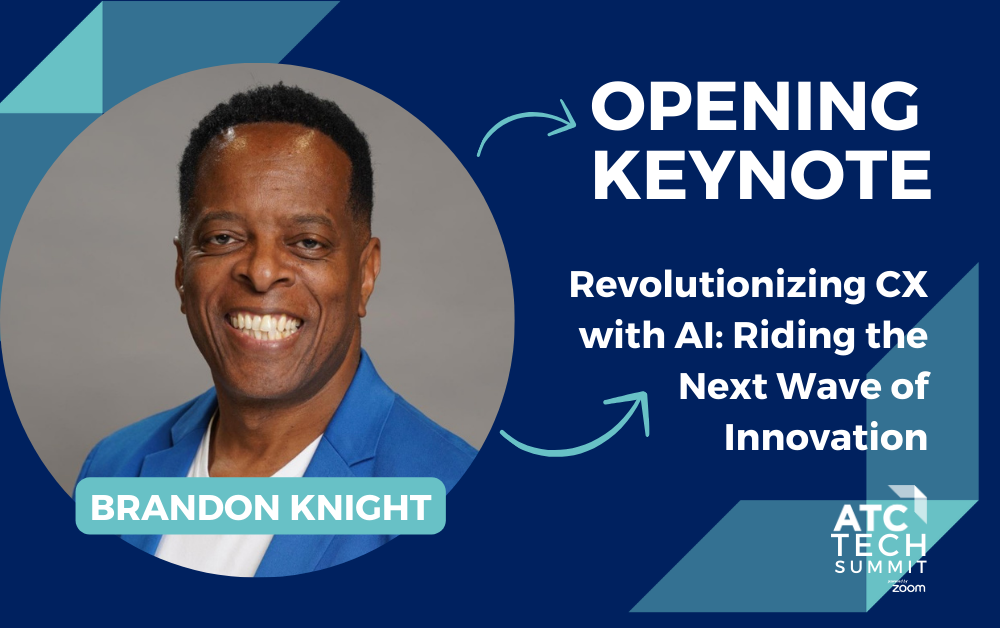

Global Head of Customer Experience for Zoom, Brandon Knight, to Keynote ATC’s Tech Summit
The eminent Brandon Knight from Zoom returns to deliver this year’s keynote for ATC’s 3rd


The eminent Brandon Knight from Zoom returns to deliver this year’s keynote for ATC’s 3rd


Popular Event Returns to The Summit Hotel with Zoom ATC is returning to The Summit Hotel
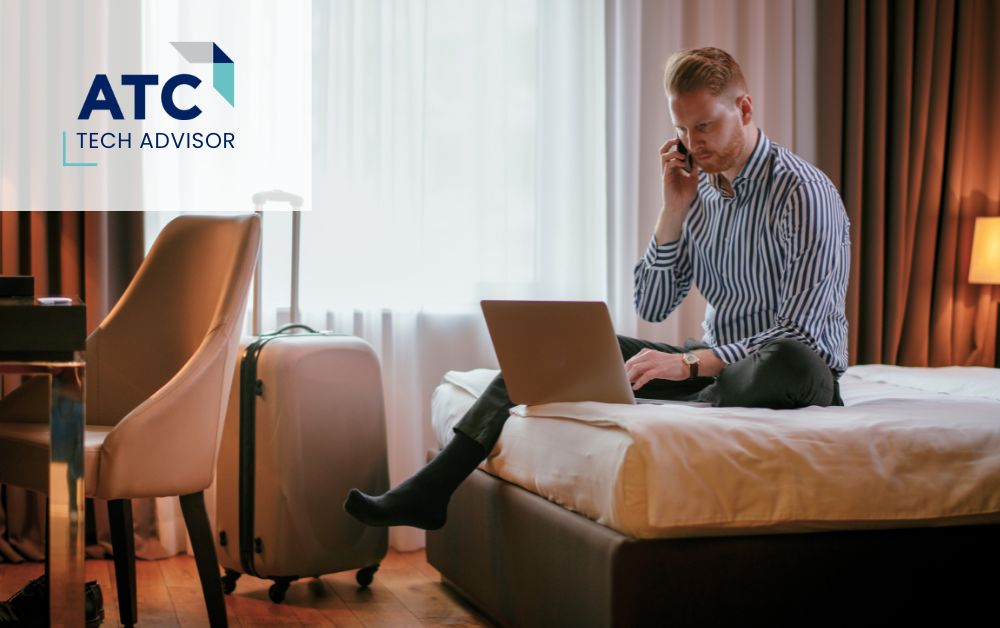

We’re going to cut right to the chase: In the hospitality industry, making guests feel
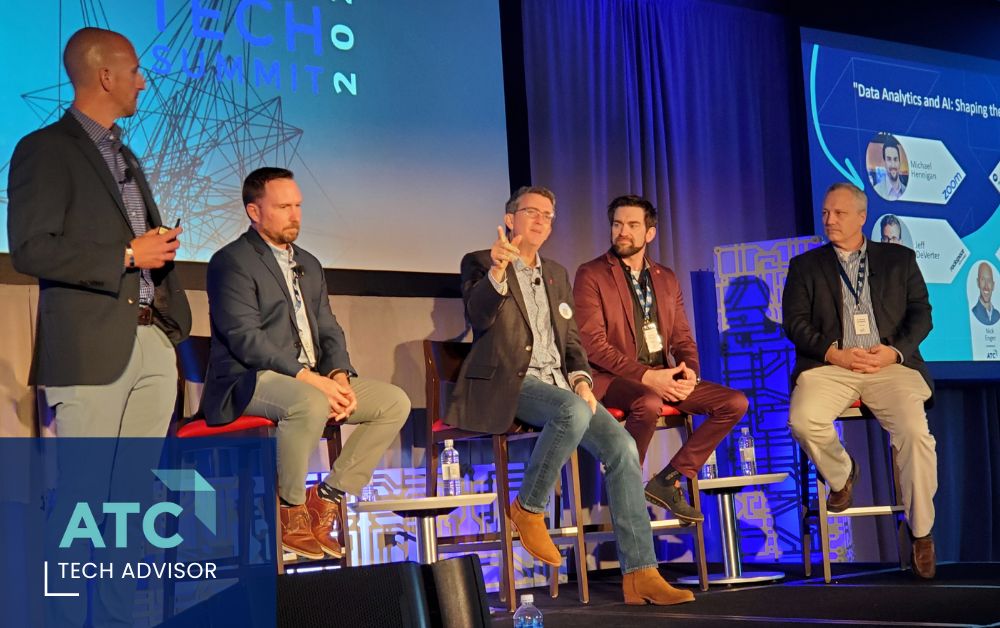

Data analytics and AI were hot topics at this year’s ATC Tech Summit. Just like


ATC and eSentire Will Present on Generative AI for Advanced Threat Detection and Response Staying
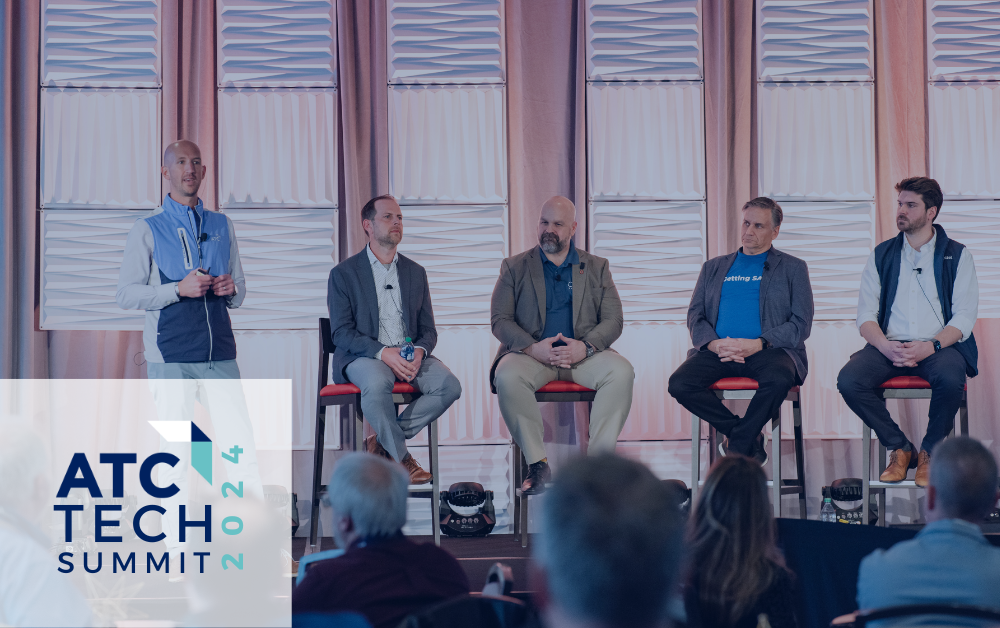

Be a Part of the Conversation The tech landscape is in a perpetual state of


There’s no argument that connectivity is a must in the hotel industry. Hotels and resorts
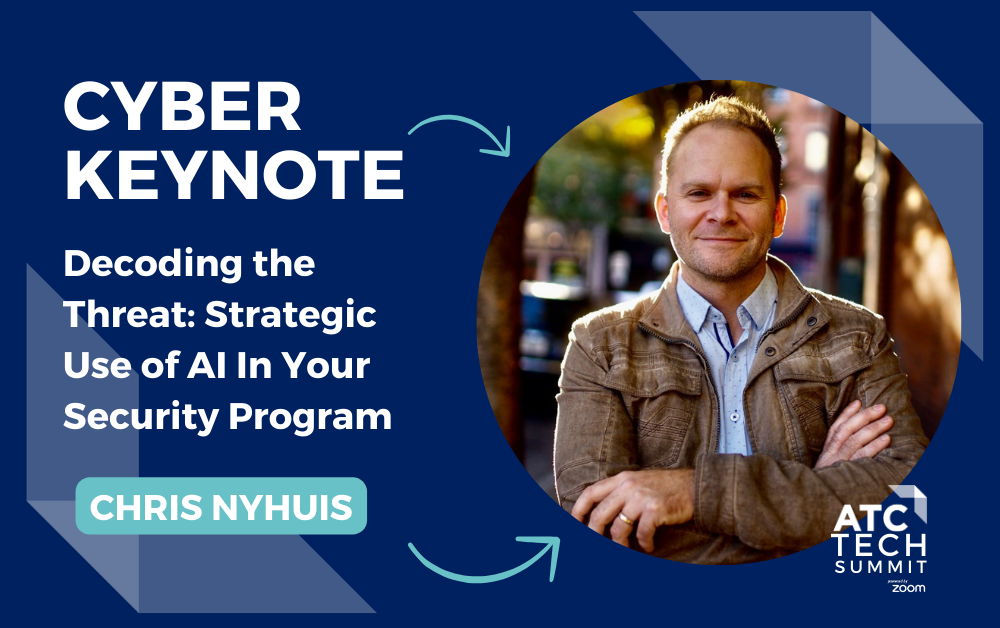

Afternoon Keynote Set to Cast Spotlight on Use of Artificial Intelligence (AI) in Cybersecurity Chris


Picture this: a potential security breach is detected, and before you even have time to


CoStrategix to Present at ATC’s 3rd Annual Tech Summit January 2024 – CINCINNATI, OH –


The Cincinnati Business Courier (CBC) will be the official media sponsor for ATC’s 3rd annual
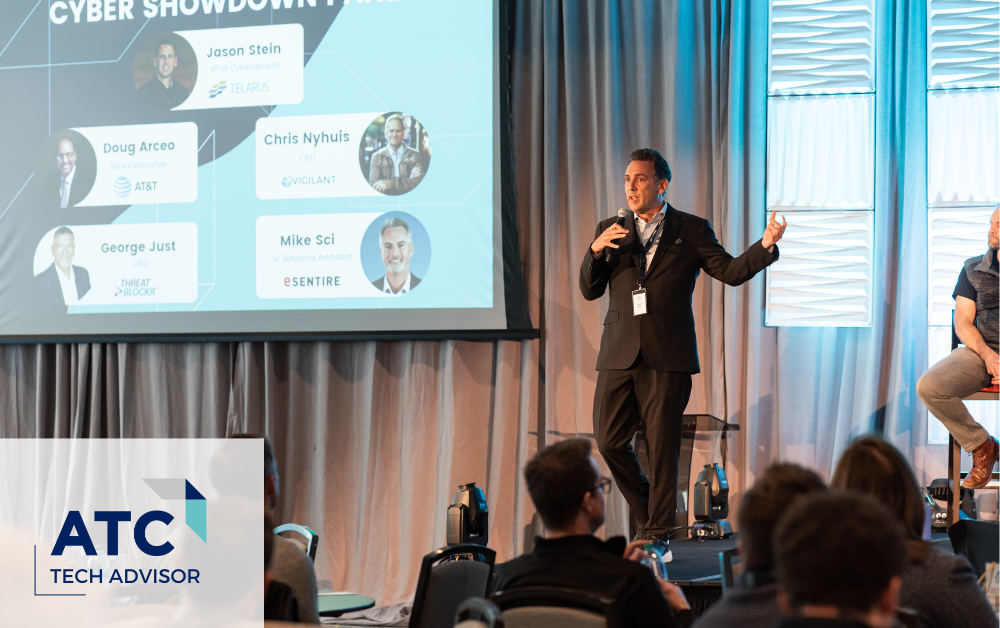

The third annual ATC Tech Summit is right around the corner. Prepare for a day


Hospitality Technology Trends in 2024 If you’re a hotelier, you may currently find yourself searching
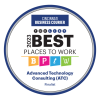

OHIO
7570 Bales Street
Suite 430
Liberty Township, OH
45069
513-299-1177
CONNECTICUT
36 Judge Lane
South Windsor, CT
06074
860-432-3211